Low-Density Polyethylene (LDPE) is a thermoplastic produced through the free-radical polymerization of ethylene under high pressure.
Its high transparency, stable chemical properties, excellent sealing performance, and ease of processing make LDPE an indispensable material in the injection molding industry.
Its outstanding flexibility and durability enable its widespread use across industries such as packaging, automotive, and healthcare, producing a variety of products from containers to precision components.
In the following sections, we will explore the unique advantages of LDPE injection molding, its process characteristics, and our company’s expertise in delivering high-quality LDPE solutions, showcasing its broad applications and commercial value for global clients.
What Is Low Density Polyethylene (LDPE )?
Low-Density Polyethylene (LDPE), also known as high-pressure polyethylene, is the lightest variant of polyethylene resins, with a density range of 0.91–0.93 g/cm³.
Produced through high-pressure free-radical polymerization, LDPE features a highly branched molecular structure, imparting exceptional flexibility, transparency, and chemical stability.
These properties make it a preferred material for applications such as packaging, agricultural films, and injection-molded products. LDPE is also widely used in blown film production for flexible packaging and agricultural films.
LDPE belongs to the polyethylene family, alongside Linear Low-Density Polyethylene (LLDPE) and High-Density Polyethylene (HDPE).
LLDPE, formed through copolymerization with short-chain branches, offers superior mechanical strength but slightly lower transparency and processability compared to LDPE.
HDPE is a strong, durable, and versatile thermoplastic known for its excellent resistance to chemicals, moisture, and UV radiation . It’s commonly used in packaging, pipes, containers, and industrial storage tanks.
In contrast, LDPE’s unique combination of flexibility, ease of processing, and cost-effectiveness ensures its widespread use across diverse industries.
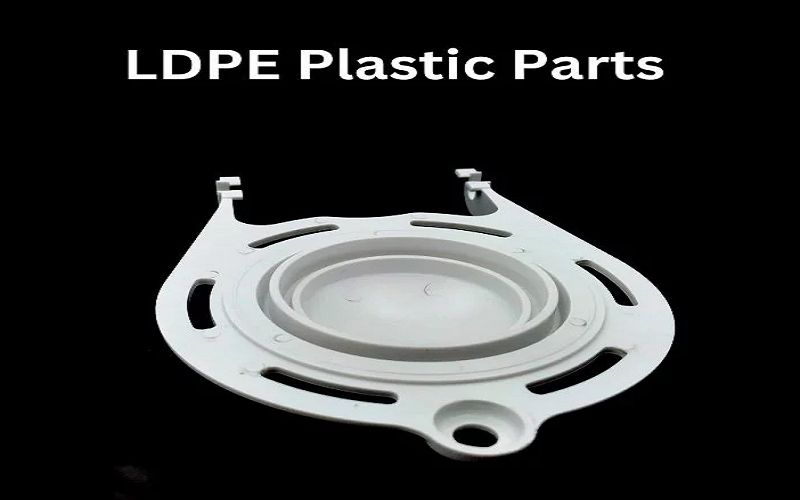
Material Properties Of LDPE
LDPE is distinguished by its unique combination of physical properties, making it a preferred material for injection molding applications. Key properties include:
Density and Flexibility: LDPE has a density of 0.91–0.93 g/cm³, contributing to its lightweight and highly flexible nature. Its highly branched molecular structure results in low crystallinity (40–50%), enhancing pliability compared to High-Density Polyethylene (HDPE), which has higher crystallinity (60–80%).
Crystallinity and Microstructure: The average spherulite size and crystallinity, influenced by processing conditions like cooling rate and temperature, determine LDPE’s microstructural characteristics. Lower crystallinity, due to slower cooling or higher processing temperatures, reduces mechanical strength but increases flexibility.
Mechanical Properties: LDPE exhibits a yield strength of 10–20 MPa, lower than HDPE’s 20–40 MPa, reflecting its greater ductility and lower rigidity. Its elongation at break (200–600%) highlights excellent toughness, ideal for flexible components. Mechanical testing evaluates deformation under stress, with sample thickness affecting measured properties and microstructure.
Chemical and Permeability Characteristics: LDPE offers excellent chemical resistance to acids, bases, and alcohols, but it is more permeable to gases and water vapor than HDPE or LLDPE. This permeability impacts its use in packaging, where barrier properties are critical.
Thermal Behavior: Thermal testing reveals how processing temperatures affect LDPE’s properties. Higher temperatures can decrease crystallinity, reducing mechanical strength but enhancing flexibility. This allows manufacturers to tailor properties by adjusting process parameters like temperature and pressure.
Melt Index and Processability: The melt flow index (MFI), typically ranging from 0.3 to over 1000 g/10 min at 190°C, measures LDPE’s flow behavior during molding. A higher MFI indicates better flow, facilitating complex mold filling. LDPE’s melting point (105–115°C) ensures efficient processing at relatively low temperatures.
| Property | Value/Range | Unit |
|---|---|---|
| Density | 0.91–0.93 | g/cm³ |
| Crystallinity | 40–50 | % |
| Melt Flow Index (MFI) | 0.3–1000 | g/10 min |
| Melting Point | 105–115 | °C |
| Tensile Strength | 10–20 | MPa |
| Elongation at Break | 200–600 | % |
| Yield Strength | 10–20 | MPa |
| Shrinkage rate | 1.5~4 | % |
Notes:
Properties may vary based on specific LDPE grade and processing conditions.
Data is typical for injection molding applications and sourced from standard material specifications
LDPE Injection Molding Process Conditions
In the injection molding process, LDPE is first heated in the barrel, where the temperature is carefully controlled in different zones to ensure proper melting and flow. (Drying is usually not required)
The injection nozzle is a critical point where the melt temperature is monitored and adjusted before the polymer is injected into the mold.
Controlled temperature and pressure settings throughout the process influence the crystallization and final properties of LDPE parts.
Rapid cooling can affect the crystallization process and lead to differences in microstructure. An increase in melt temperature can lead to a decrease in crystallinity and mechanical strength.
The injection volume is an important parameter that must be set according to part size and mold design. Below are some key parameters and conditions to consider in the LDPE injection molding process:
Melt Temperature
Low-density polyethylene has a relatively low melting point, hence the melt temperature typically ranges between 180°C to 240°C. The specific temperature still depends on the grade of low-density polyethylene (LDPE) being used and the characteristics of the part being molded.
Mold Temperature
Lower mold temperature set between 20°C to 60°C is considered suitable. To achieve uniform cooling and more economical heat removal, it is recommended that the cooling channel diameter be at least 8mm, and the distance from the cooling channel to the mold surface should not exceed 1.5 times the diameter of the cooling channel.
Injection Pressure
Due to its lighter weight, smaller molecular weight, and a higher number of branched structures in its molecular configuration, LDPE is typically processed in injection molding at pressures ranging from 500 to 1,500 bar, with holding pressures reaching up to 750 bar for optimal part formation.
Injection Speed
For low-density polyethylene, it’s generally recommended to employ a medium to high injection speed to fill the mold rapidly. In actual production, the appropriate speed should be determined based on mold design and the grade of LDPE used.
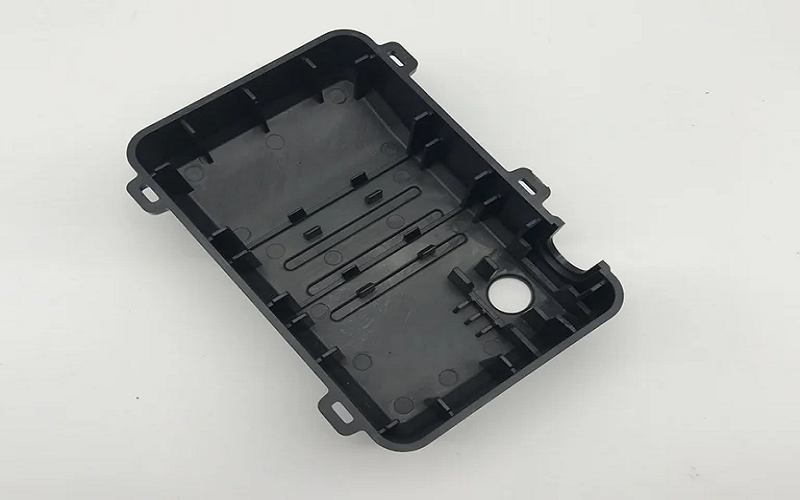
Advantages And Disadvantages Of LDPE Injection Molding
Although products made from LDPE injection molding are common in everyday life, it’s essential to weigh the pros and cons of LDPE injection molding to determine its suitability for specific application requirements.
Advantages Of LDPE Injection Molding
Flexibility
LDPE is renowned for its soft texture and strong ductility, allowing it to stretch freely without easily breaking. It’s suitable for making plastic products of various sizes, shapes, and thicknesses.
Machinability
Comparedto other thermoplastics, low-density polyethylene has a relatively low melting point, facilitating its processing, especially in complex designs.
Cost-effectiveness
With a low melting point and a wide melt flow index range , LDPE is easy to process at relatively low temperatures and pressures . This reduces energy costs and enhances manufacturing efficiency, making it a cost-effective choice.
LDPE injection molding can also be used to create a thin layer or coating for specialized applications, offering enhanced performance and material efficiency.
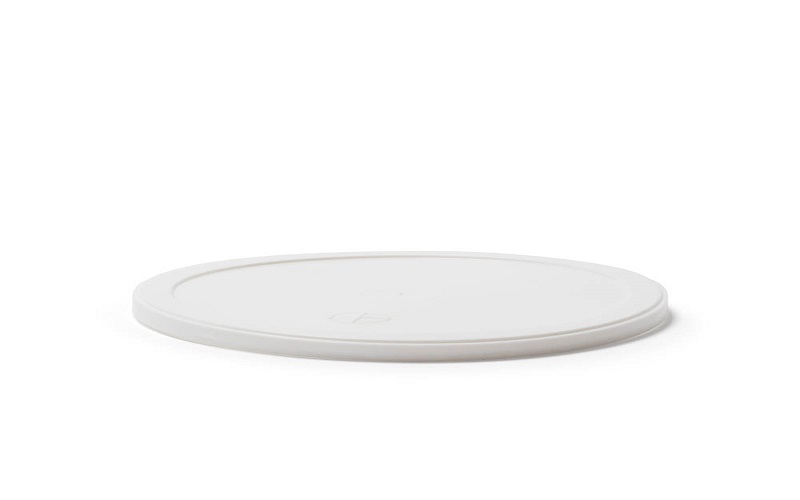
Disadvantages Of LDPE Injection Moulding
Temperature Sensitivity
LDPE has a relatively low melting point, so during the LDPE injection molding process, too high or too low a temperature may cause the product to distort or warp if it is exposed to heat for an extended period of time.
Gas Barrier Properties
LDPE performs poorly in terms of gas barrier properties, with high permeability to carbon dioxide and other gases, and is not well suited for applications requiring hermetic seals, such as some food packaging.
Lower Strength
Compared to HDPE materials, LDPE has poor mechanical strength and produces a lack of flexibility at low temperatures. Therefore, it may not be suitable for applications requiring high strength and rigidity.
Applications of LDPE Injection Molded Parts
LDPE injection molding technology has penetrated various aspects of our daily life. With its technical characteristics, it is highly favored in many industries.
Packaging
LDPE, due to its excellent transparency and oxygen barrier properties, is extensively used in the packaging product sector. For instance, LDPE injection molded items such as food bags, bread bags, and large containers are widely utilized in daily life.
Medical
In the medical industry, where medical devices require excellent sealing, the flexibility of LDPE injection molding makes it commonly used for medical tubing, compressible dropper bottles and certain flexible caps.
Electrical Insulation
Due to the wear-resistant, oil-resistant, and compression-resistant characteristics of LDPE material, it is widely used in the protection field of electrical wires and cables.
LDPE injection molded protective tubes for wires and cables can protect the safety and lifespan of the wires and cables, preventing them from wear and compression issues.
Agriculture
The molecular chain of low-density polyethylene has a strong affinity with water molecules, ensuring that the products molded from it have superior waterproof, moisture-proof, and impact-resistant properties.
Thus, it’s commonly used in agriculture to produce irrigation tubes, ground films, and greenhouse coverings.
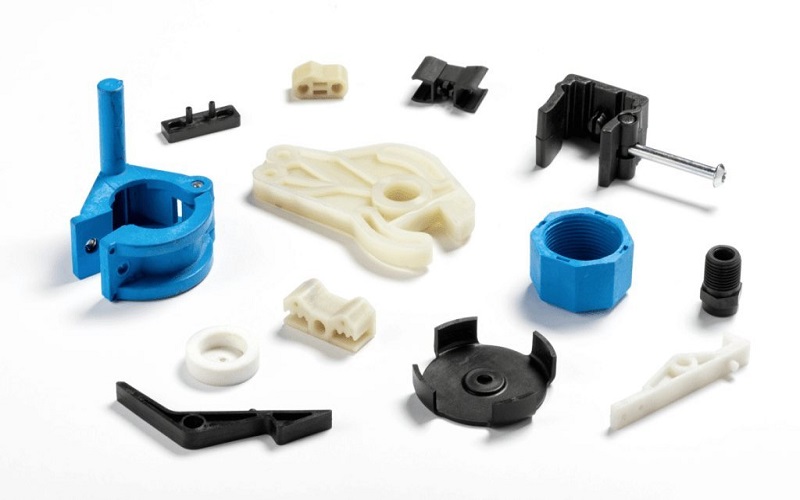
Material Selection for Specific LDPE Applications
Choosing the right LDPE grade for a specific application is essential to achieving the desired balance of physical properties, processability, and cost.
For example, HDPE is often selected for packaging and consumer goods that require increased stiffness and chemical resistance, while linear low density polyethylene (LLDPE) is preferred for film and flexible packaging applications due to its superior toughness and puncture resistance.
When selecting a LLDPE grade for injection molding or blow molding, it’s important to consider the molecular weight distribution, melt index, and environmental stress cracking resistance.
A broader molecular weight distribution can enhance processability and impact strength, while a higher melt index allows for easier flow during molding, which is beneficial for thin-walled or complex parts.
Environmental stress cracking resistance is critical for products exposed to chemicals or mechanical stress, such as containers and cable coatings.
Other factors, such as cost, availability, and specific processing requirements, should also be evaluated to ensure the chosen LDPE grade meets both performance and production needs.
By carefully matching the material properties to the application, injection molding manufacturers can maximize the benefits of LDPE in their products.
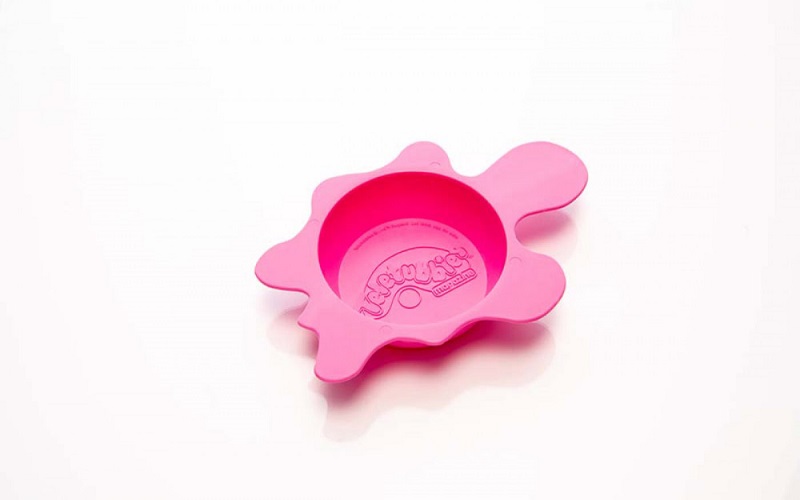
LDPE Injection Molding vs HDPE Injection Molding
LDPE and HDPE are two common forms of polyethylene that play important roles in the injection molding industry. In the following text, we will explore the similarities and differences between these two processes.
HDPE injection molding shares many similarities with LDPE molding. Both can be processed through injection molding, have good chemical stability, are recyclable materials, and are suitable for food-grade applications.
However, in terms of material structure, LDPE has a highly branched molecular structure, making it softer and having a lower melt flow. In contrast, HDPE is harder due to its dense molecular structure.
Additionally, LDPE injection molding has weaker tensile strength compared to HDPE injection molding. However, it can produce products with higher transparency.
Lastly, in terms of application, LDPE injection molding is commonly used in the flexible packaging industry, while HDPE injection molding is suitable for rigid containers and parts with wear resistance requirements.
Conclusion
In summary, LDPE injection molding remains a highly versatile and efficient process, offering manufacturers a combination of high production volumes, low costs, and excellent physical properties.
Achieving optimal results depends on selecting the right LDPE grade and carefully controlling process parameters such as mold temperature and injection pressure. These factors directly influence the quality, performance, and consistency of the final product.
As industries continue to demand high-performance, environmentally friendly materials, LDPE injection molding will remain a vital solution for producing a broad range of products—from everyday packaging to specialized medical and automotive components.
By staying at the forefront of innovation and process optimization, manufacturers can continue to leverage the unique advantages of LDPE for years to come.
